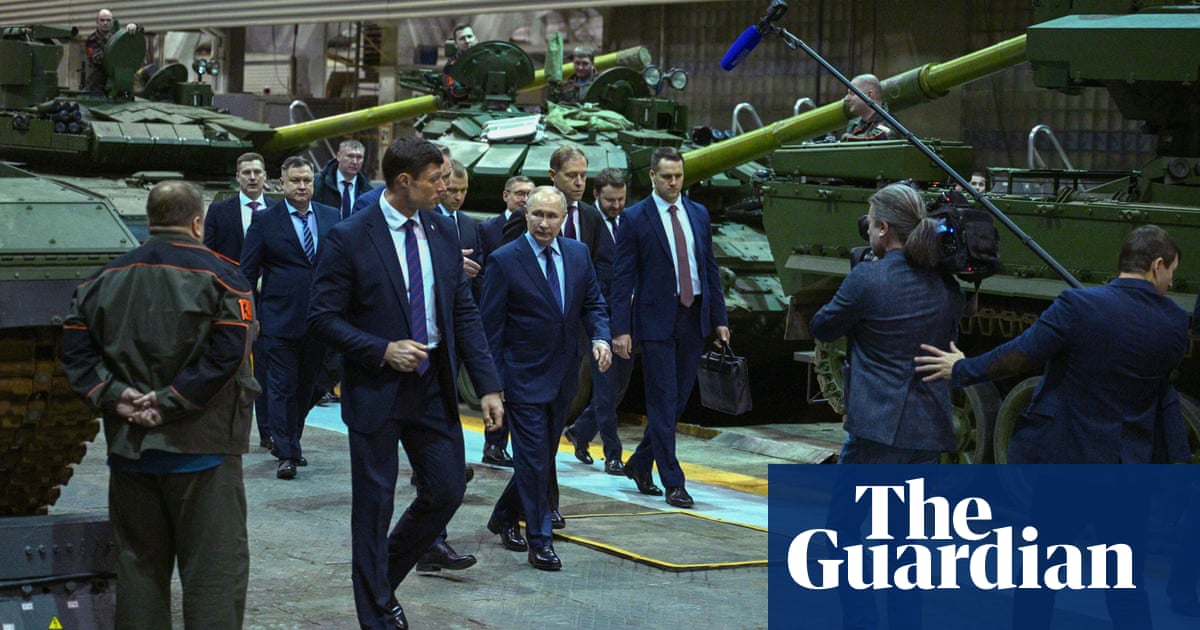- cross-posted to:
- worldnews@lemmy.ml
- cross-posted to:
- worldnews@lemmy.ml
Moscow has massively ramped up its industry, giving it advantages in Ukraine and leading to a redistribution of wealth
As Ukraine has scrambled to source ammunition, arms and equipment for its defence, Russia has presided over a massive ramping up of industrial production over the last two years that has outstripped what many western defence planners expected when Vladimir Putin launched his invasion.
Total defence spending has risen to an estimated 7.5% of Russia’s GDP, supply chains have been redesigned to secure many key inputs and evade sanctions, and factories producing ammunition, vehicles and equipment are running around the clock, often on mandatory 12-hour shifts with double overtime, in order to sustain the Russian war machine for the foreseeable future.
Well, time for the EU to show that they can out-spend a country with the GDP of Italy, even if that country has switched to a war-time economy.
This is the best summary I could come up with:
Total defence spending has risen to an estimated 7.5% of Russia’s GDP, supply chains have been redesigned to secure many key inputs and evade sanctions, and factories producing ammunition, vehicles and equipment are running around the clock, often on mandatory 12-hour shifts with double overtime, in order to sustain the Russian war machine for the foreseeable future.
Early in 2023, the Russian government transferred more than a dozen plants, including several gunpowder factories, to the state conglomerate Rostec in order to modernise and streamline production of artillery shells and other key elements in the war effort, such as military vehicles.
“The war has led to an unprecedented redistribution of wealth, with the poorer classes profiting from government spending on the military-industrial complex,” said Denis Volkov, the director of the Levada Center, a polling and sociological research firm in Moscow.
Putin is trying to finance the war, maintain social spending and avoid runaway inflation all at once, in what Alexandra Prokopenko, a Carnegie endowment scholar, calls an “impossible trilemma”.
Those numbers, along with reactivated armoured personnel carriers and infantry fighting vehicles, meant Russia would “be able to sustain its assault on Ukraine at current attrition rates for another two to three years, and maybe even longer”, the group said.
“Today in Russia practically all military-industrial enterprises with additional state orders are working according to this schedule,” Andrei Chekmenyov, the head of the Russian Union of Industrial Workers told the Novye Izvestia newspaper.
The original article contains 1,429 words, the summary contains 241 words. Saved 83%. I’m a bot and I’m open source!



